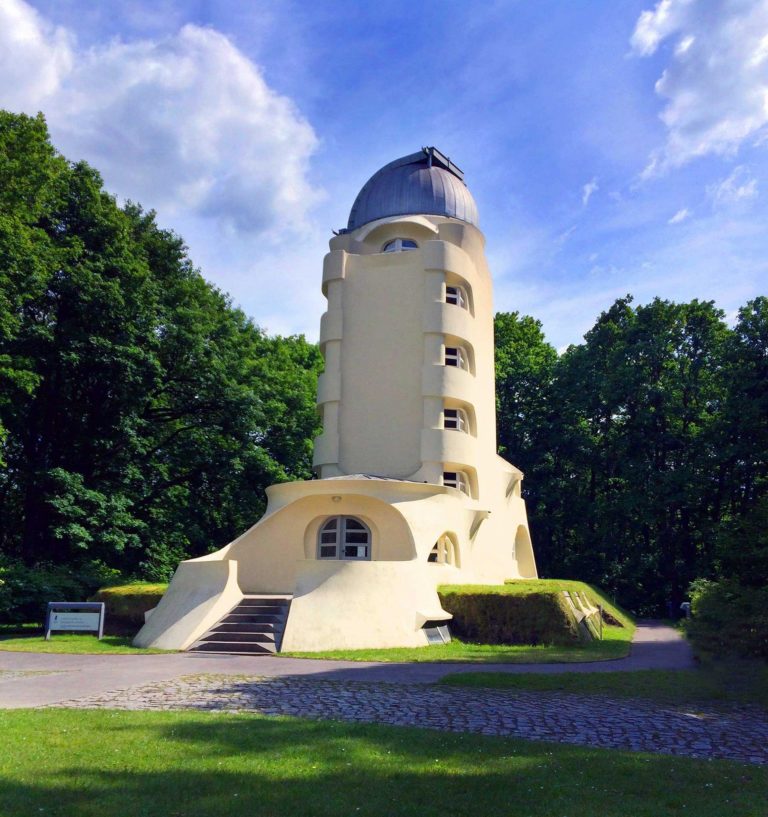1920 - 1930
Expressionism

description
Expressionism is an architectural style that originated in Germany in the 1920s. It is characterized by the distortion of traditional architectural forms for maximum emotional impact on the viewer.
Specific features:
– asymmetry, which was accompanied by a deliberate deformation of the usual architectural forms or the formation of a composition according to the principles of sculpture;
– contrast of textures of finishing materials, inserts in the walls, plasticity of forms;
– building designs borrow natural forms – sand castles, caves, stalagmites, stones;
– the atypicality of buildings is accompanied by a certain symbolism – the architect dedicates it to a significant person or invests the spiritual and moral aspect of his consciousness, projecting it into the aesthetics of the form. It is also worth noting that architectural expressionism was the style of the First World War and fully determined the psycho-emotional state of society through the deliberate deformation of the object.
Key architects: Eric Mendelsohn, Fritz Höger, Hans Scharun, Hans Poelzig, Hugo Hering.
Key buildings:
Glass pavilion. 1914. Deutz, Germany. Bruno Taut (destroyed).
Einstein tower. 1920. Potsdam, Germany. Erich Mendelsohn.
Chilehouse. 1922-1924. Hamburg, Germany. Fritz Höger.
